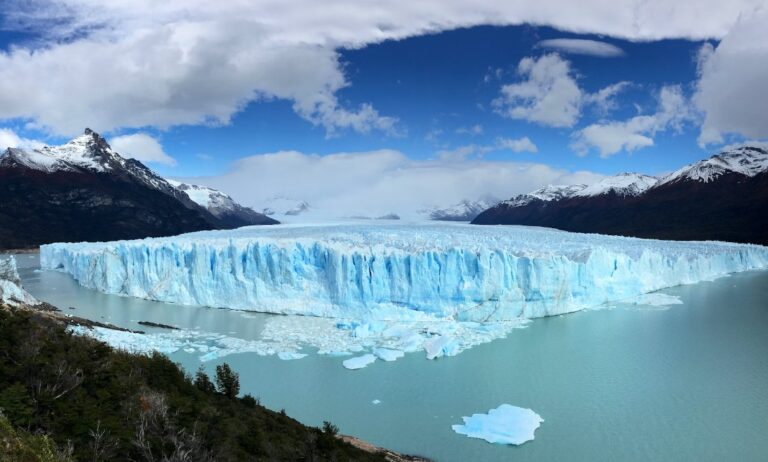On 12th December 2015, a legally binding treaty to fight the climate took place in France, Paris. This treaty, in its totality, is termed the Paris Agreement. The agreement is built on the foundation to resist climate change and adopt sustainable and eco-friendly measures to drive the economy.
This agreement essentially brought all the countries together in this collective fight and, in turn, took an oath to assist them in doing so. Powerful countries participated and became members of this agreement to save the earth from the unmindful actions of its inhabitants.
The Paris Agreement aims to enhance efforts in combating climate change. It strives to maintain global temperatures, limiting the increase to “below 2 degrees Celsius above pre-industrial levels.” This article is to provide the reader with a comprehensive understanding of the Paris Agreement.
Table of Contents
What is the Paris Agreement
The Paris Agreement is considered to be a landmark treaty signed by almost 200 countries at the moment. It was a historical decision that was taken amidst the rising threat of global warming and greenhouse gas emissions. Although the agreement happened on 12th December 2015, it came into force on 4th November 2016.
This legally binding treaty took place during the 2015’s United Nations Climate Change Conference, aka COP21. The main objective of this agreement is to thwart the global rise in temperature as close to 1.5 degrees Celsius.
This agreement propels all the significant countries in the world to come together and cooperate to eliminate pollution of all forms. It reinforces that commitment as time passes. The treaty also states the significant nations to aid and guide developing countries to effectively overcome climate change.
The Paris Agreement encourages the parties who are a part of this treaty to direct efforts towards making net-zero emissions possible in the world. This means adopting a technology structure and financial resources in a way that makes these changes happen in real-time.
The key aspects of the Paris Agreement
The agreement has numerous aspects and articles that divide the measures, responsibilities and means to accomplish a sustainable future. Below are some of the key aspects of the Paris Agreement:
- Article 2: Objective and aims of the agreement: Article 2 of the Paris Agreement aims to intensify global efforts to address rising temperatures, striving to maintain climate stability below 2 degrees Celsius above pre-industrial levels. Additionally, it encourages endeavors to prevent the temperature from surpassing 1.5 degrees;
- Article 3: Nationally determined contributions: This article states that all the countries who have signed the Paris Agreement comply and submit the Nationally Determined Contributions (NDCs) highlighting their plans and strategies to thwart climate change. In doing so, they demonstrate their commitment to the global effort against climate change. It also emphasizes the measures they have adopted to accomplish these goals;
- Article 6: Cooperative approaches to carbon emissions reductions: Article 6 provides a structure that the countries can follow to have cooperation in fulfilling the climate-related goals. The agreement assists the countries in planning collective strategies to mitigate climate change;
- Article 12: Cooperation in climate change education and public awareness: Article 12 in the Paris Agreement emphasizes the importance of educating, training, and providing access to knowledge and details. It aims to increase overall public awareness regarding the threats of climate change and ways to effectively fight it;
- Article 13: Transparency Mechanism: Transparency is important in everything that one does to minimize the risk of malfeasance. This article provides an effective transparency mechanism for countries to keep track of their plans and progress concerning the battle against climate change.
Read also: The past 8 years were the warmest on record globally
The goals of the Paris Agreement
At the core of the Paris Agreement lies its primary aim: the pursuit of a long-term temperature objective. The agreement mandates that all nations formulate emissions reduction commitments, termed nationally determined contributions (NDCs) to achieve this goal.
Beyond mitigation, the Paris Agreement charts a global course for adaptation. It emphasizes enhancing adaptive capacity, fortifying resilience, and mitigating vulnerability to the impacts of climate change. Let’s check the major goals of the Paris Agreement:
- Holding the global average temperature increase to well below 2 degrees Celsius above pre-industrial levels: The main goal of the Paris Agreement is to considerably decrease our carbon footprint globally. This, in turn, includes greenhouse gas emissions, which are one of the key threats that pose to desolate nature as one knows it.
- Pursuing efforts to limit the temperature increase to 1.5 degrees Celsius above industrial levels: The Paris Agreement acknowledges that the problem of climate change is a collective problem. This goal intends to thwart greenhouse gas emissions up to 43% by the year 2030.
- Making finance flows consistent with a pathway towards low greenhouse gas emissions and climate-resilient development: The goal gives more importance towards developing financial flows that help decrease greenhouse gas discharges and encourage eco-friendly ways of living. This goal also encourages the developed, powerful countries to lend some financial assistance to the developing countries to boost this change.
Future prospects
COP (Conference of the Parties) are the formal meetings that take place among the members of the Paris Agreement to discuss the matters of climate change. They come up with strategies to fight it. The approaching COP meeting will play an important role in measuring the countries’ progress. It will also set new goals to lower carbon emissions.
The Paris Agreement is a treaty that is flexible, which means it can be upgraded and revised in the times to come. However, this alteration must be done solely for the purpose of cutting greenhouse gas emissions.
Read more: The 7 countries currently most affected by climate change and extreme weather












